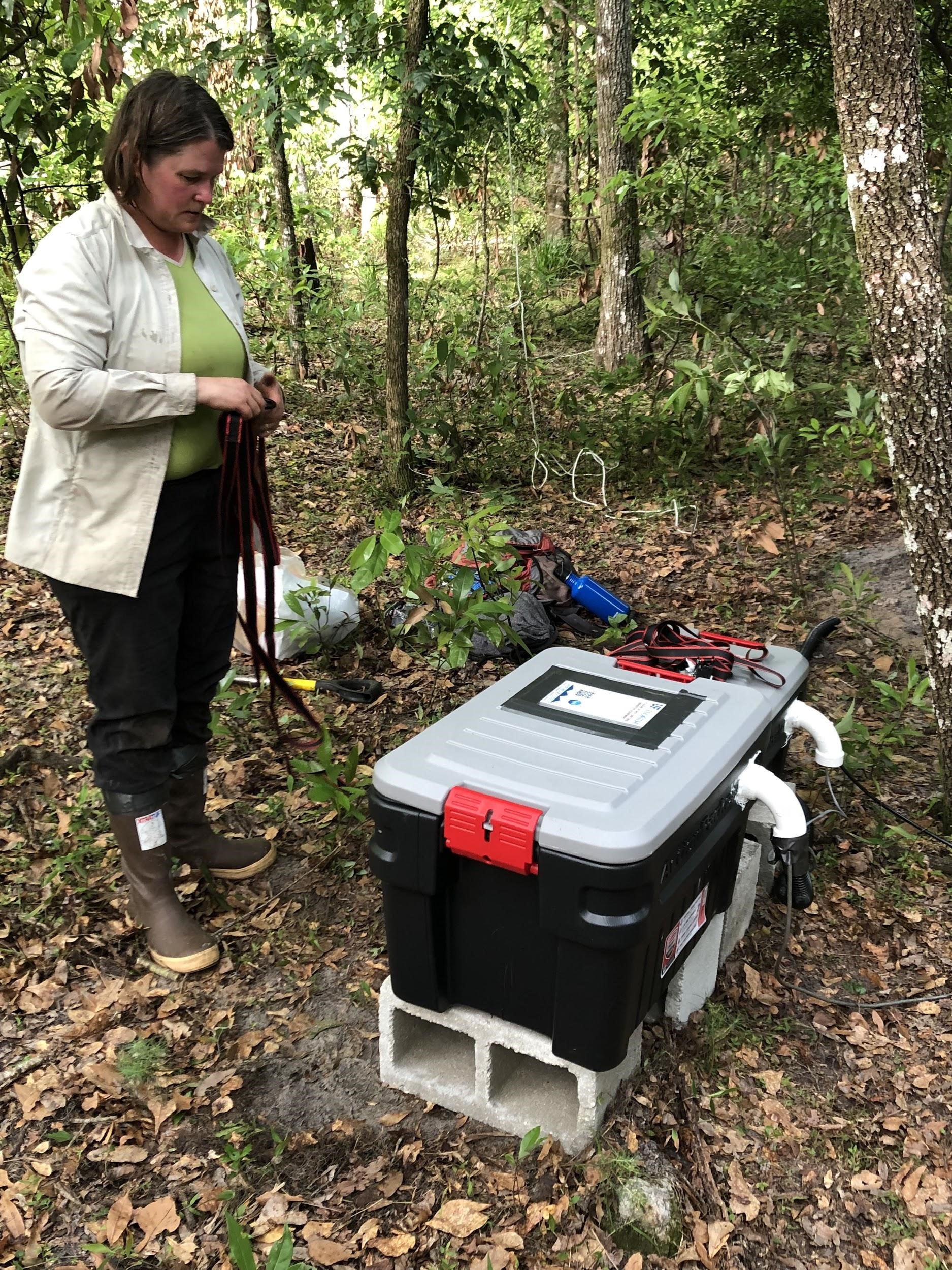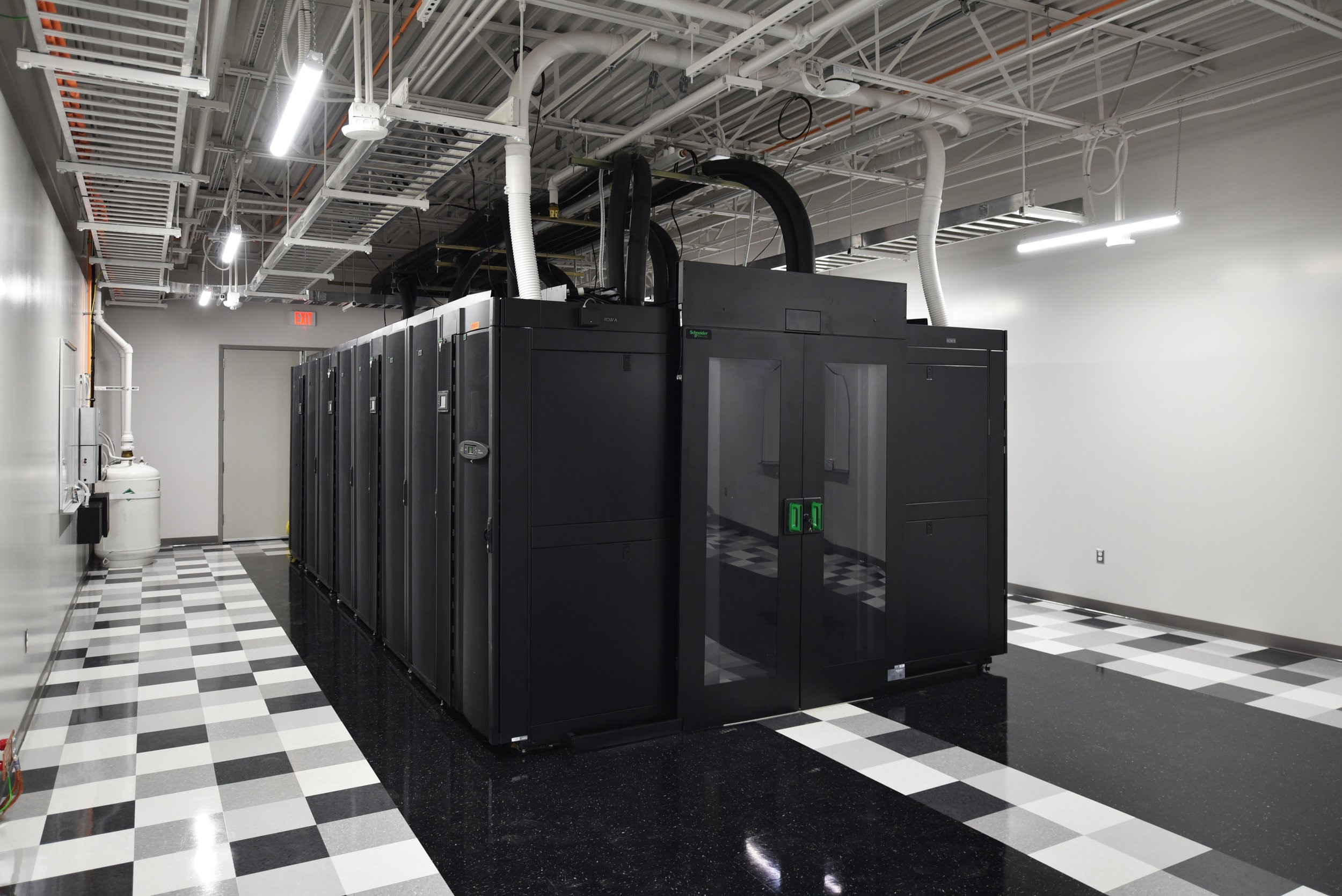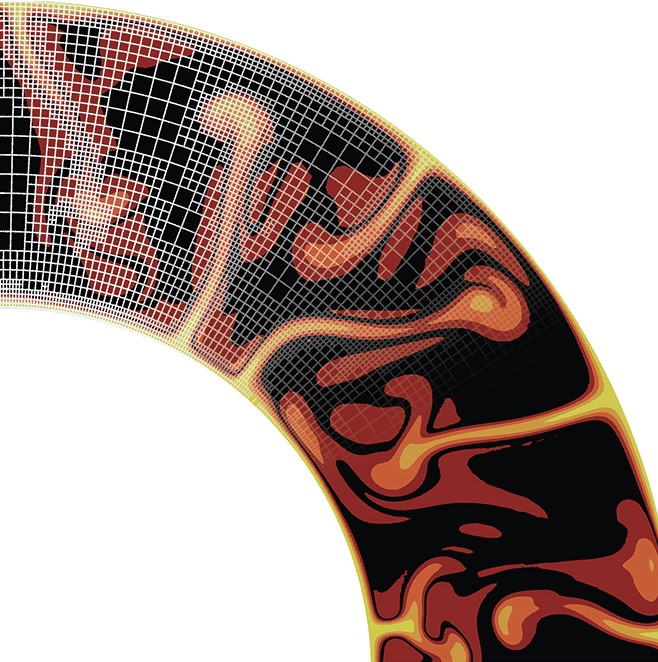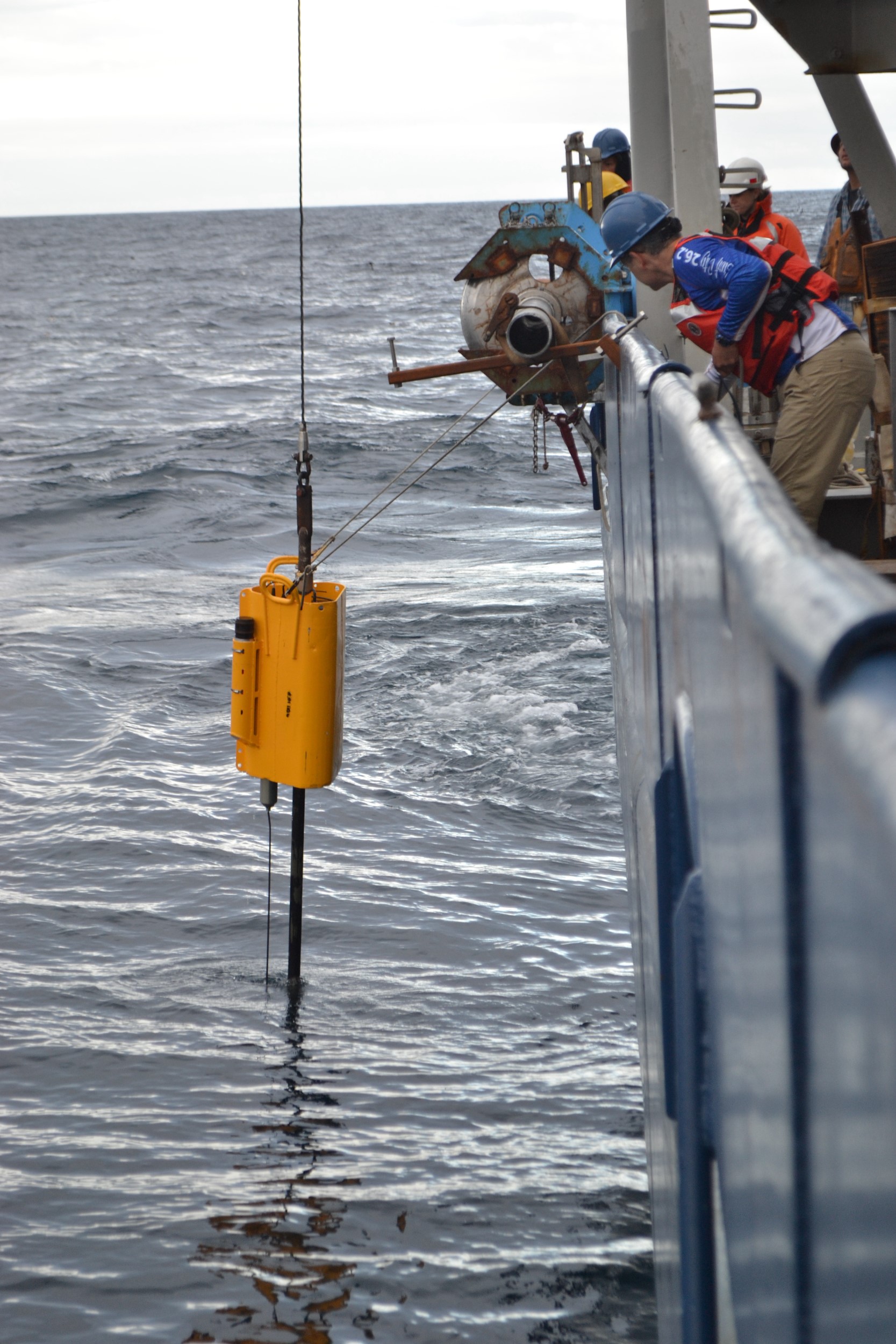| HOME | WELCOME | CALENDAR & NEWS | PEOPLE | RESEARCH |
LABS |
ALUMNI |
CONTACTS |
Geophysics
Faculty in the Geophysics program
Sue Bilek: Earthquake Seismology, Environmental Seismology
John Naliboff: Computational Geodynamics
Mark Person: Hydrology, Computational Hydrology
Daniel Portner: Seismic imaging
Alex Rinehart: Hydrology, Rock Mechanics
Glenn Spinelli: Hydrogeology, Thermal Geophysics
Jolante van Wijk: Tectonics-Geodynamics, Landscape Evolution, Basin Analysis, Petroleum Systems, Carbon Sequestration
Research Areas and Facilities
Seismology:


Seismic signals generated by both earthquakes and environmental sources are topics of interest in the New Mexico Tech seismology group. Dr. Susan Bilek has active research projects in subduction zones, local New Mexico seismicity, and environmental seismology. These projects include using small magnitude earthquakes to probe fault conditions in many of the global subduction zones, including along the Pacific Northwest of North America and Costa Rica.
Dr. Daniel Portner performs research using seismic signals to image the structure interior of the Earth. Seismic images are used to answer questions about large scale tectonics, geodynamics and volcanic processes. Dr. Portner has active research projects in the South America, the Pacific Northwest and in New Mexico.
Within New Mexico, the New Mexico Bureau of Geology and Natural Resources operates seismic networks in several parts of the state (https://geoinfo.nmt.edu/nmtso/home.html). Dr. Bilek, Dr. Portner and Dr. Basu (NM Bureau) have active research projects using the seismic network data to explore the mid-crustal Socorro Magma Body in central New Mexico, as well as potential induced seismicity in other parts of the state. In recent years, we have deployed large numbers (over 800) of seismometers to help image the crustal structure in the magma body region.
Dr. Bilek is also engaged in the growing field of environmental seismology, using seismic energy produced from shallow/surficial processes to help characterize these environmental forces. These projects include characterizing flow in a shallow karst aquifer in northern Florida as well as tracking bedload movement during monsoon flash floods in New Mexico and Israel. These projects are heavily interdisciplinary, with colleagues in hydrology, geodesy, and geomorphology all involved in field data collection and analysis.
The seismology group in EES maintains computer facilities for data analysis as well as field supplies for data collection. Dr. Bilek also works with the EarthScope Primary Instrument Center portable seismic and geophysics equipment facility, also housed on the NMT campus (https://www.passcal.nmt.edu/). This world-renowned facility provides equipment, logistical and data collection/archival support for seismological researchers around the world, in partnership with the national EarthScope geophysical consortium.
Hydrogeophysics:

A diverse group of hydrologists, geologists, and geophysics at New Mexico Tech use various hydrogeophysics techniques to address groundwater research questions. Examples of this research include: using DC-resistivity to map the subsurface distribution of low-permeability calcite cement along a fault zone and determining how it affects cross-fault fluid flow; using magnetotelluric, audio-magnetotelluric (AMT), transient electromagnetic (TEM) system to study deep groundwater flow systems within fractured crystalline basement rocks; and using surface deformation measurements (InSAR and GNSS/GPS) to understand groundwater movement.
Computational Geodynamics and Tectonophysics:


Plate tectonics processes involve a wide range of complex, coupled processes, which operate over vast spatial and temporal scales. Such processes include the earthquake cycle on active faults, coupling between Earth’s solid surface and climate, magmatism and volatile transport, long-term formation of mountain belts and oceanic basins, and convection within the Earth’s mantle and core. From a societal perspective, constraining the underlying physics of these processes is critical as they collectively control natural hazards, formation of hydrocarbon and ore deposits, and certain aspects of short- and long-term climate change.
Given their complexity and diversity, constraining these processes requires advanced numerical modeling that test hypotheses derived from robust geophysical and geologic data sets. Drs. John Naliboff and Jolante Van Wijk model a wide range of solid Earth deformation processes using state-of-the-art forward modeling techniques, with these efforts commonly integrated in broad cross-disciplinary investigations. Focus areas of active modeling investigations include the long-term dynamics of active plate boundaries, evolution of fault networks across a range of time scales, seismic hazards, volatile and magmatic transport within the lithosphere, and basin evolution.
Dr. John Naliboff also actively works on the development of advanced, collaborative community software packages to model plate tectonics processes, which are hosted at the Computational Infrastructure for Geodynamics (CIG). These efforts include developing new methods that allow efficiently simulating non-linear tectonic deformation on computing systems ranging from laptops to massive supercomputers. Drs. Naliboff and Van Wijk use a variety of computational resources to conduct numerical investigations, including high-performance desktops, clusters hosted at the New Mexico Tech Data Center, and national high-performance computing centers.
Thermal Geophysics:

The thermal evolution of oceanic crust and the thermal state of subduction zones are research areas of interest for the New Mexico Tech thermal geophysics group. Dr. Glenn Spinelli has research projects examining how seawater flowing through oceanic crust redistributes heat. This redistribution of heat is an important control on subduction zone temperatures. Better understanding the controls on subduction zone temperatures is important because those temperatures affect the size and distribution of earthquakes and the alteration of subducting material.
We use measurements of heat flux through seafloor sediments to constrain the nature and distribution of fluid flow patterns within the oceanic crust. With current and former students, we have studied the evolution of hydrothermal circulation in subducting crust offshore Costa Rica, Japan, Mexico, Chile, and the U.S. Pacific Northwest. For example, we examined how far into a subduction zone fluid circulation in the ocean crust aquifer persists, and the thermal consequences of that circulation.